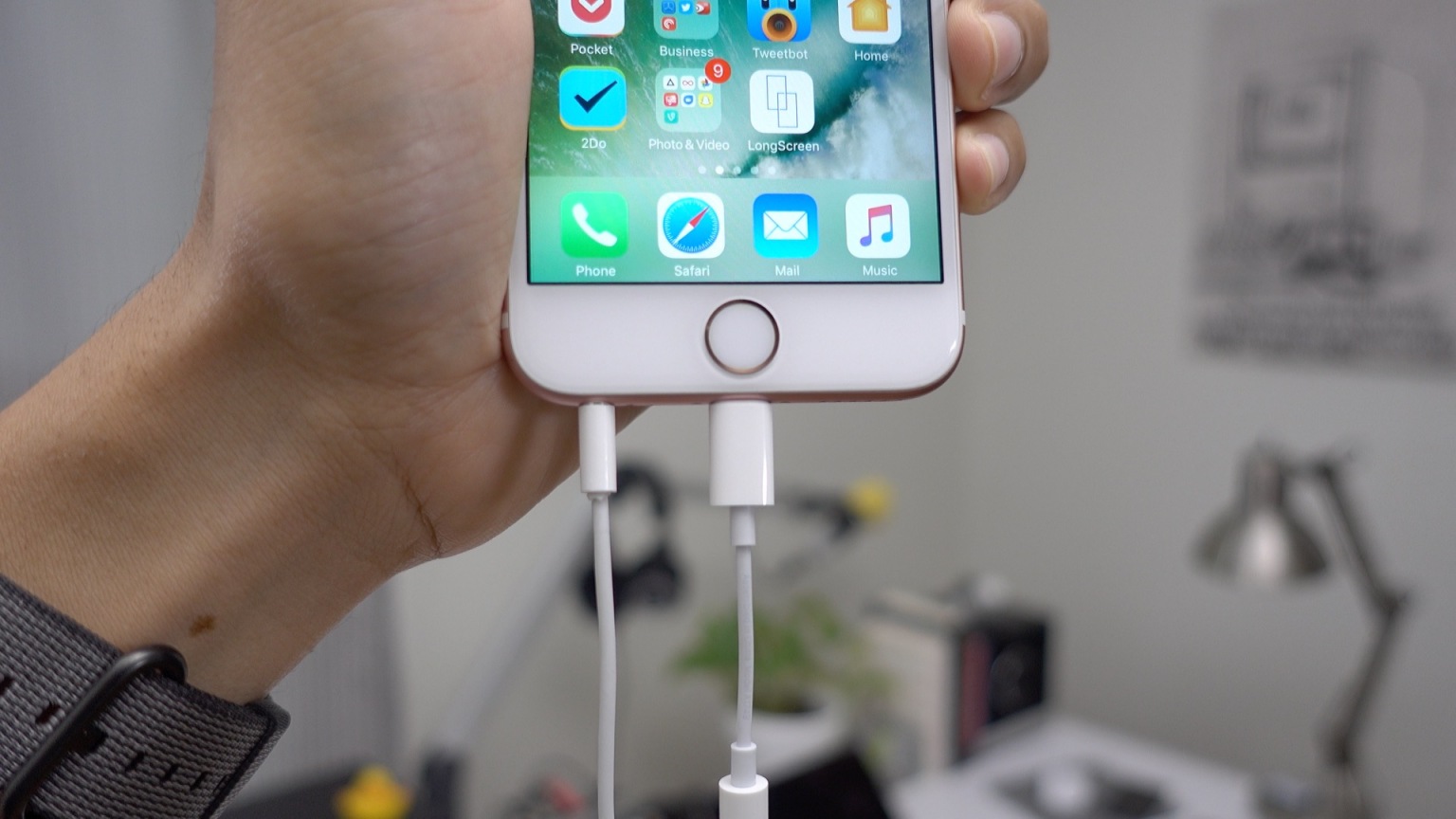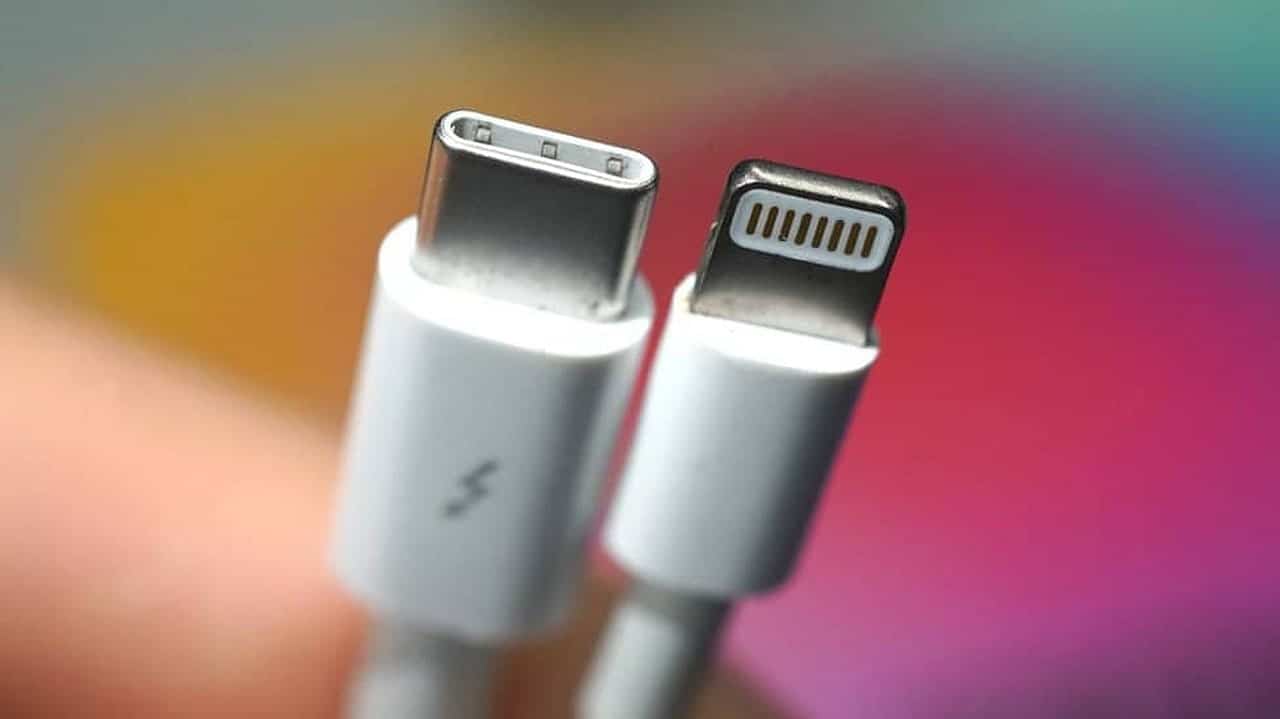Perhaps the most nostalgic remember well the moment Apple first released its Lightning connector. In September 2012 – exactly ten years ago -, the Cupertino company announced its launch as the “modern connector for the next decade”. And indeed, it seems, it has kept its promise. Except that the connector that made Apple history is destined to disappear with the arrival of the iPhone 15.
Lightning connector, a decade long history
We are sure that younger people have a hard time remembering what was before Apple’s Lightning connector, but we know it well. Before the iPhone, in fact, theiPod it was the company’s only portable device, equipped with a 30-pin connector first introduced in 2003. The same one with which the first iPhones launched on the market by Apple were equipped. Fortunately, over the years, Apple’s smartphones have seen a really rapid evolution, which has led the company to have to change some of the technical details of its devices. And that was precisely the moment when Lightning made its appearance.
For the first time, in fact, the connector was presented by Phil Schiller – then Apple’s Chief of Marketing – in 2012. The difference with the old 30-pin connector, as you can imagine, was immediately visible. Lightning turned out more compact e reversible, as well as more intuitive to use. Furthermore, as it was about80% smaller compared to its predecessor, it allowed to free up space to be used for other components inside the devices. And so, Apple decided to use it for most of its products: first theiPhone 5and then theiPad 4 it is the first iPad Mini. Then again the seventh and last generation iPod nano, and the fifth generation iPod touch. After these, no other product was equipped with the 30-pin connector anymore.

Meanwhile, in 2014 the consortium responsible for the USB standard (of which Apple is a part) introduced the USB-C port. Essentially, a more modern version of the USB standard, with a brand new connector that is faster, smaller and reversible. And from that point on, it didn’t take long for Apple to unveil its first device with a USB-C port, the 2015 MacBook. After all, the company has often praised USB-C for its versatility, as it supports previous USB, DisplayPort, HDMI, VGA, Ethernet standards, and even power transmission in a single cable. Indeed, on its website, Apple proudly claimed to have contributed to the development of a “new standard of universal connectivity”.
But unlike the Lightning connector, Apple took longer to integrate USB-C on its devices. In 2016, for example, it was the MacBook Pro to get this door. And in 2018 it was the turn of MacBook Air e iPad Pro. To date, in fact, the entire range of Apple Macs is equipped with USB-C. And the same goes for iPads too, except for the entry-level model, which still relies on Lightning. Additionally, Apple has also replaced Lightning to USB-A cables with Lightning to USB-C cables. Yet its accessories and all iPhone models still use the Lightning connector. Yet, as you well know, sooner or later the Cupertino company will have to give up definitively to the USB-C port.
The future after Lighting
Ten years ago, when Apple launched Lightning, having a dedicated connector seemed anything but a problem. Today, however, it is starting to look somewhat dated. Especially considering that many Macs and iPads already come with USB-C, which makes it really inconvenient to keep a cable for just one device. At the same time, Lightning now faces the limitations of technology. The connector used in the iPhone is still based on the standard USB 2.0which is a lot slower than USB 3.0. And, as if that weren’t enough, it also lacks the super fast charging speeds supported by USB-C. But will this be enough to convince Apple to abandon the Lightning connector?
As far as we know, the company still earns a lot from having the connector on the market. This is because, being a proprietary connector, third party manufacturers are required to to pay un canone ad Apple. Despite this, it is very likely that we would not see Lightning on the iPhone 15. In fact, earlier this year, the European Union decided to make it mandatory for every smartphone and tablet sold in European countries to have a USB-C connector. . And that can only mean one thing: Apple’s connector decade is coming to an end.















Leave a Reply
View Comments